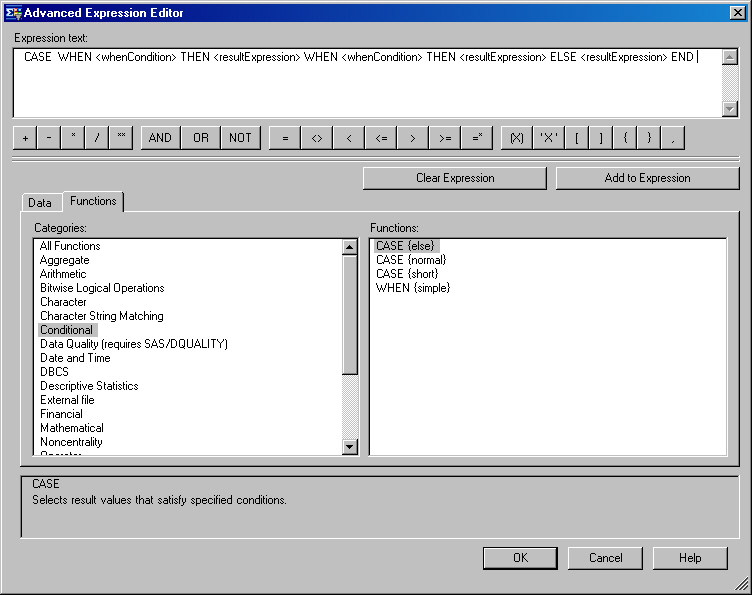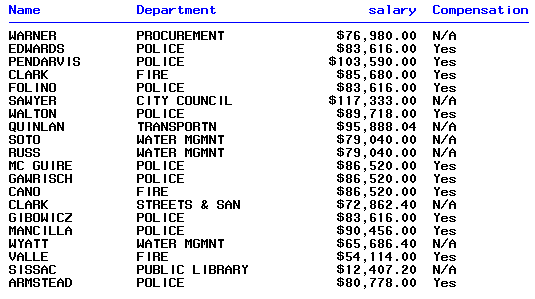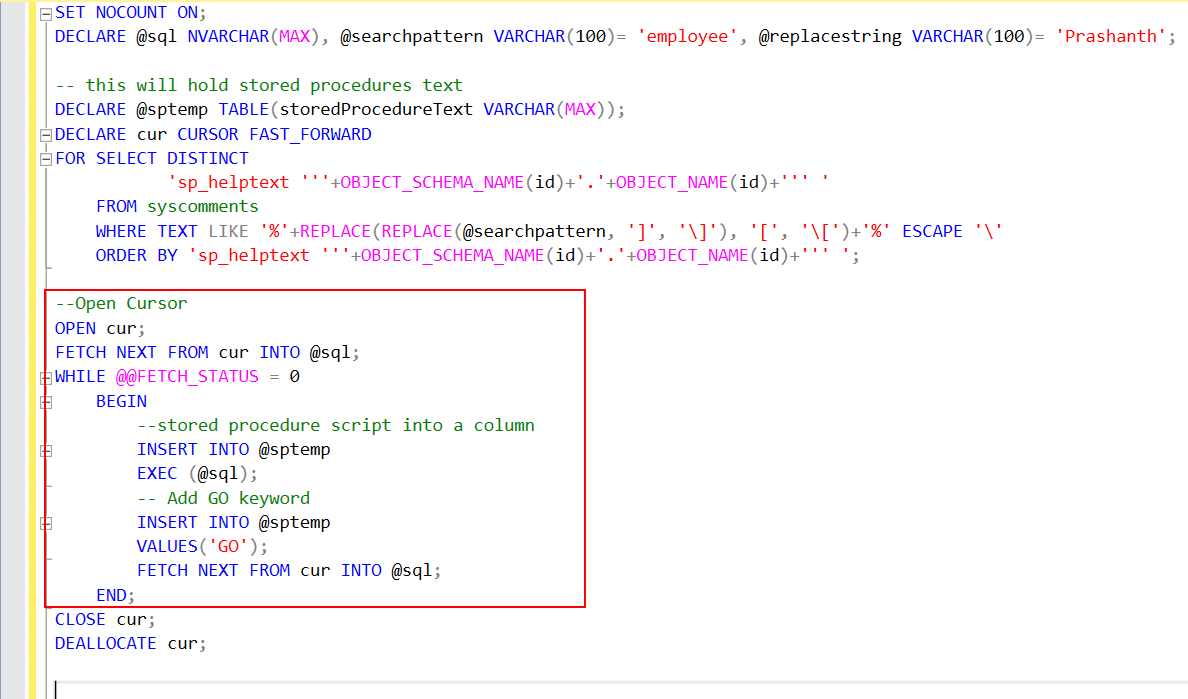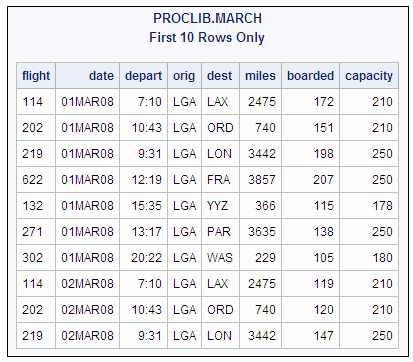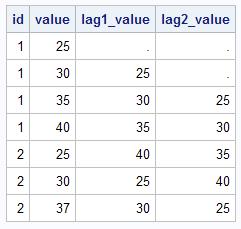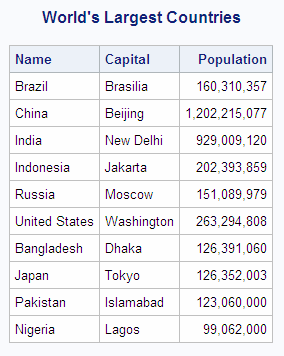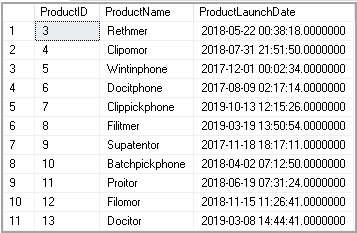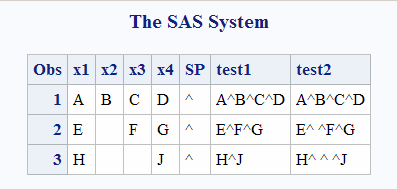Proc Sql Case When Multiple Conditions
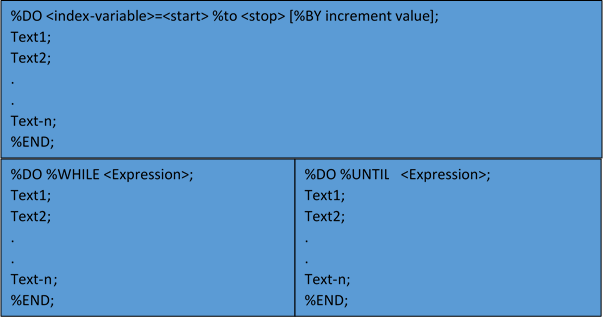
So you should use simple case syntax if you want to get the result based upon different values.
Proc sql case when multiple conditions. If the when condition is true for the row that is being executed then the result expression that follows then is executed. So once a condition is true it will stop reading and return the result. If case operand equals when condition then the when clause is true. A case construct has one output a bit like a macro which generates text if the text contains no semicolons then it can be invoked many times within a base sas statement.
If when condition is false then proc sql evaluates the next when condition until they are all evaluated. If every when condition is false then proc sql executes the else expression and its result becomes the case expression s result. Select name case when name alfred then yes else case when name jane then yes else no end end as flag from sashelp class. The sql case statement.
If every when condition is false then proc sql executes the else expression and its result becomes the case expression s result. The case expression selects values if certain conditions are met. The case statement goes through conditions and returns a value when the first condition is met like an if then else statement. Use the when then clauses when you want to execute a case expression for some but not all of the rows in the table that.
If no else expression is present and every when condition is false then the result of the case expression is a missing value. Case expression returns a single value that is conditionally evaluated for each row of a table or view. Sql case statement with multiple values. If no else expression is present and every when condition is false then the result of the case expression is a missing value.
The sql procedure supports conditionally selecting result values from rows in a table or view in the form of a case expression. If there is no else part and no conditions are true it returns null. Case case value when value 1 then statement 1 when value 2 then statement 2 when value 3 then statement 3 when value 4 then statement 4 when value 5 then statement 5 when value n then statement n else statement end as alias name.

